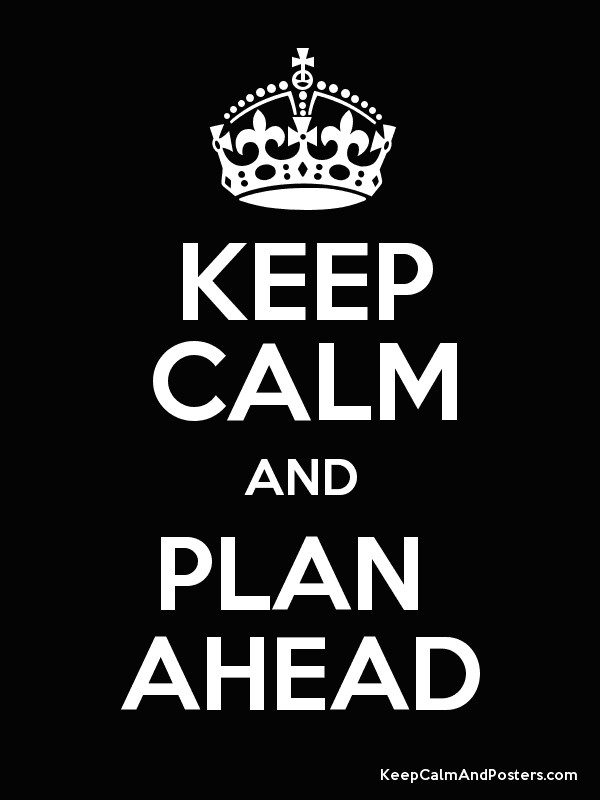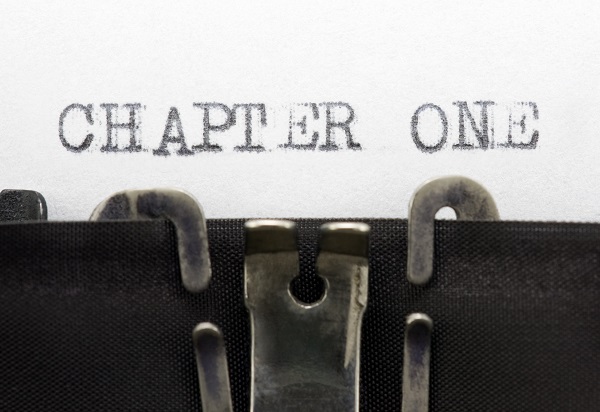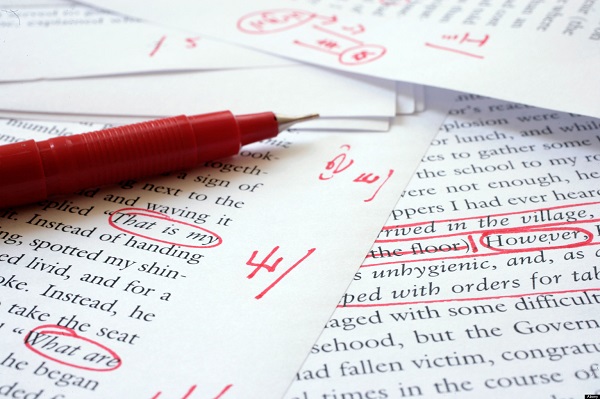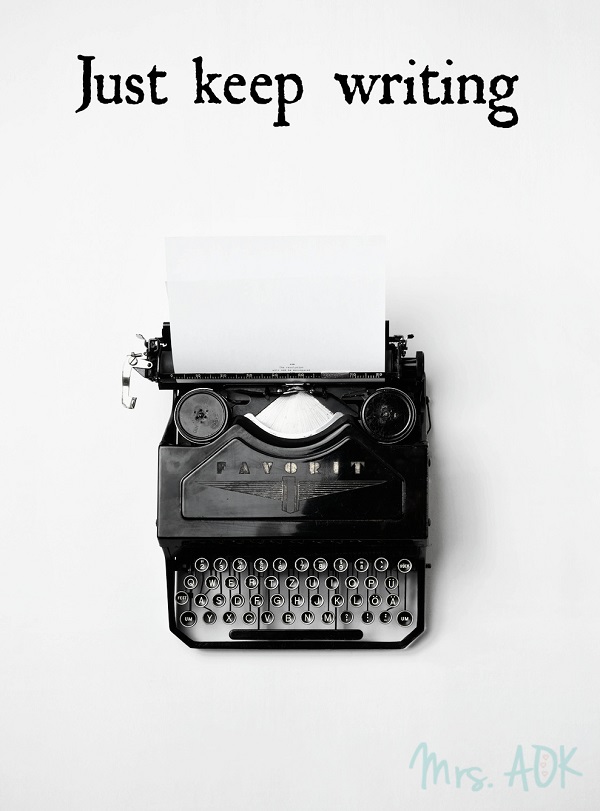It is the beginning of November. Not only is it Movember, it’s also National Novel Writing Month or NaNoWriMo. If you are participating right now or want to participate in the future, hopefully this post will be helpful for you.
Three years ago I participated in NaNoWriMo for the first time. I had barely started my career in freelance writing and editing, and I had a few broad novel plots with some character specifics floating around in my head. I figured it would be a great way to test if I really have what it takes to be a writer/author, push my abilities, and maybe clear some space in my brain for more stories down the road. I was stoked!
I had no idea what to expect, I hadn’t ironed out every detail of my story or characters, and I had very little confidence in my “making it” as a novelist. After all, J.K. Rowling writes books. Hemingway wrote books. Austen wrote books. How dare I, a normal person, put myself in the same category of “author” with the likes of them! How could I write an honest-to-goodness book?
With these thoughts and feelings each pulling me different directions, I still wanted to devote myself to completing the challenge. Perhaps you find yourself in the similar situation. Here are my experiences, difficulties, and lessons learned from NaNoWriMo.
1. Plan Ahead
I actually started planning before November even started because I’m a planner. It’s what I do for almost everything. I calculated how many words I would need to write every day to stay on track. By the way, it’s 1,667 words every day for 30 days.
I also outlined what I already had decided about my story, but I left room for improvisation and creativity as I wrote later. In a few instances when I veered away from my outline, it still worked and even improved the story. Other times it didn’t. For the most part, however, having a plot outline before starting to write helped me stay focused on where I ultimately wanted my story to go.

Source: Keep Calm And Posters
When you write so much in one day, sometimes the text almost leads itself. In parts where I hadn’t already picked how I wanted the action to proceed, in the moment I typed what felt would naturally come next. You really can get into a writing groove, and it was cool to experience feeling so immersed in my own story. For me, part of that immersion started before I even touched the keyboard. I enjoyed that balance of prior planning and allowing creativity to come in my experience. When I do NaNoWriMo again, I will replicate what I did then.

Source: John Richards Jr.
2. Be Patient With Yourself
On November 1, it took me at least three hours to meet my daily goal of 1,667 words. (Read on to see why I was so slow.) I was exhausted afterward. It was discouraging. I felt like a huge failure. I may or may not have cried and consumed an exorbitant amount of ice cream. I knew I couldn’t keep up three hours a day for 30 days on top of other responsibilities. However, I also was intrigued and really enjoyed typing my story. I resolved to keep trying.
As the days progressed, I sped up. Writing is like any other skill: the more you do it, the better and more efficient you become. By the end, it still took me an hour or so, which still might be slow compared to other writers, but the words and ideas came so much easier. Even if you’re not a whiz right away, be patient. You’ll learn to get better.
3. Save The Editing For Later
If you’re anything like me, you are a word-crafting perfectionist. You want to make sure an intense scene is powerfully worded, that dialogue makes sense and reads as clever as it sounded in your head. My advice? Suppress the urge to go back and re-read too much of what you have already written. You will probably spend too much time editing it.

Source: Hubpages
When I started NaNoWriMo, I found myself editing as I wrote, which might’ve saved me time in the long run, maybe. However, it significantly slowed me down in meeting my daily word goal.
Another problem is that urge to edit right away can disturb the story’s continuity, and it distracted me from simply getting it all out on paper or screen. It is hard to ignore the itch to fix everything and make it pretty and perfect, believe me. There is plenty of time to edit–after November is over, and you’ve met your 50,000-word goal.
4. Just Keep Writing
Writing a book feels intimidating, but NaNoWriMo presents the perfect opportunity and the accountability to get started by simply writing. You can’t work with or improve something that is only floating around in your head. Get it out.

Source: Mrs. AOK Work in Progress
Even if you aren’t sure what should come next in the plot, write something: character descriptions, a chapter or plot point you know you want. Anything. Even if it is crap, keep the juices flowing. Channel your inner Dory and just keep writing.
5. Believe In Yourself
What I learned more than anything is how doable writing a book really is. Well, obviously it’s doable because we have books. But it is doable for me, a normal person, to actually write a book-length story. When I looked at the word count on November 30 and saw that I had surpassed 50,000 words, I didn’t see fireworks on my screen like when I win Solitaire. It felt natural, it felt like just another day in writing. I kept writing until I felt done for the day. I felt like a book writer.
Although I accomplished my NaNoWriMo goal, I’m not finished with my book. Since then I’ve had to put my book on the back burner as my twins entered my life. I still haven’t finished getting the whole story down, and I know I have a ton of editing to do before it would be ready to publish. But I feel more confident in my abilities. I feel like writing a book is possible for me.
You can do it too. Happy writing!
Have you done NaNoWriMo? What were your experiences? What would you recommend?
YouTube Channel: Kristina Horner
Featured image via Business News Weekly





